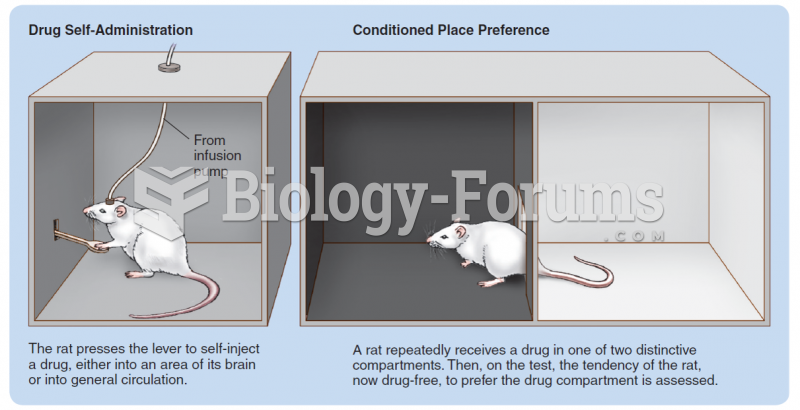|
|
|
Did you know?
The B-complex vitamins and vitamin C are not stored in the body and must be replaced each day.
Did you know?
Thyroid conditions may make getting pregnant impossible.
Did you know?
The familiar sounds of your heart are made by the heart's valves as they open and close.
Did you know?
Amphetamine poisoning can cause intravascular coagulation, circulatory collapse, rhabdomyolysis, ischemic colitis, acute psychosis, hyperthermia, respiratory distress syndrome, and pericarditis.
Did you know?
This year, an estimated 1.4 million Americans will have a new or recurrent heart attack.







